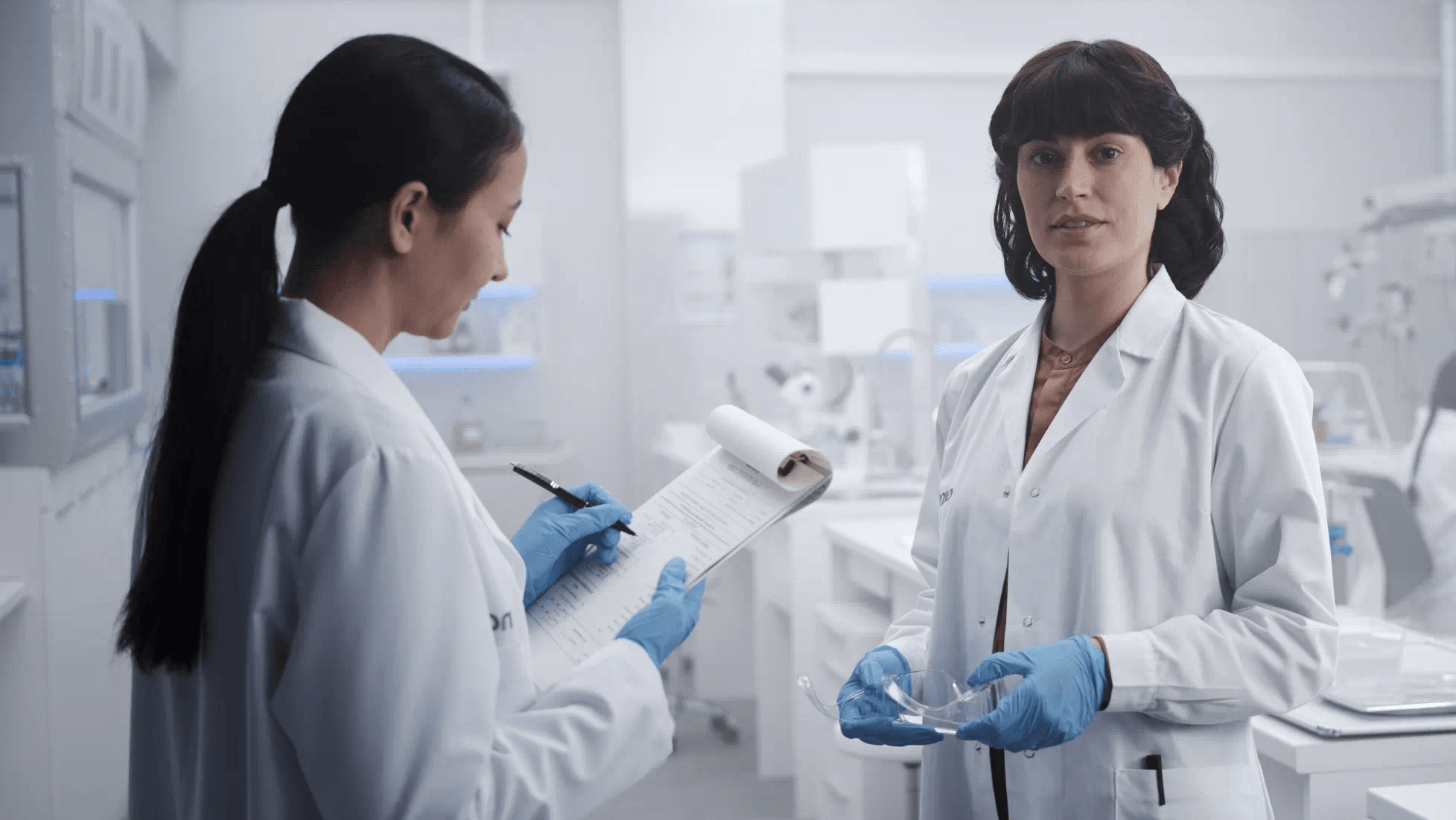
POWERED BY HOW
Fostering women’s participation and leadership in the workplace for a brighter future
Aramco is an energy and chemicals company with oil and gas production as its primary business.
According to the International Energy Agency (IEA), women account for only around 22% of the workforce in the energy industry.1 Progress has been made in recent years, but there is still much work to be done.
At Aramco today, we have more women employees and leaders than ever before – from leading engineers in the field to geologists in the lab, and from inventors developing revolutionary processes and technologies to traders selling our oil and refined petroleum products to customers around the world.
Beyond the immediate goal of diversifying our workforce and increasing innovation2, we believe our initiatives to advance the participation of women will help establish positive role-models, inspiring future generations of women to pursue successful careers in the dynamic field of energy.

We’re increasing diversity in the workplace…
At Aramco, we believe that leading companies lead their communities toward a brighter future. One way we do that is by fostering a more diverse and competitive workforce. This is exemplified by a series of initiatives we’ve launched to accelerate women’s professional development everywhere we operate, such as the Gulf Region Organization for Women (GROW).
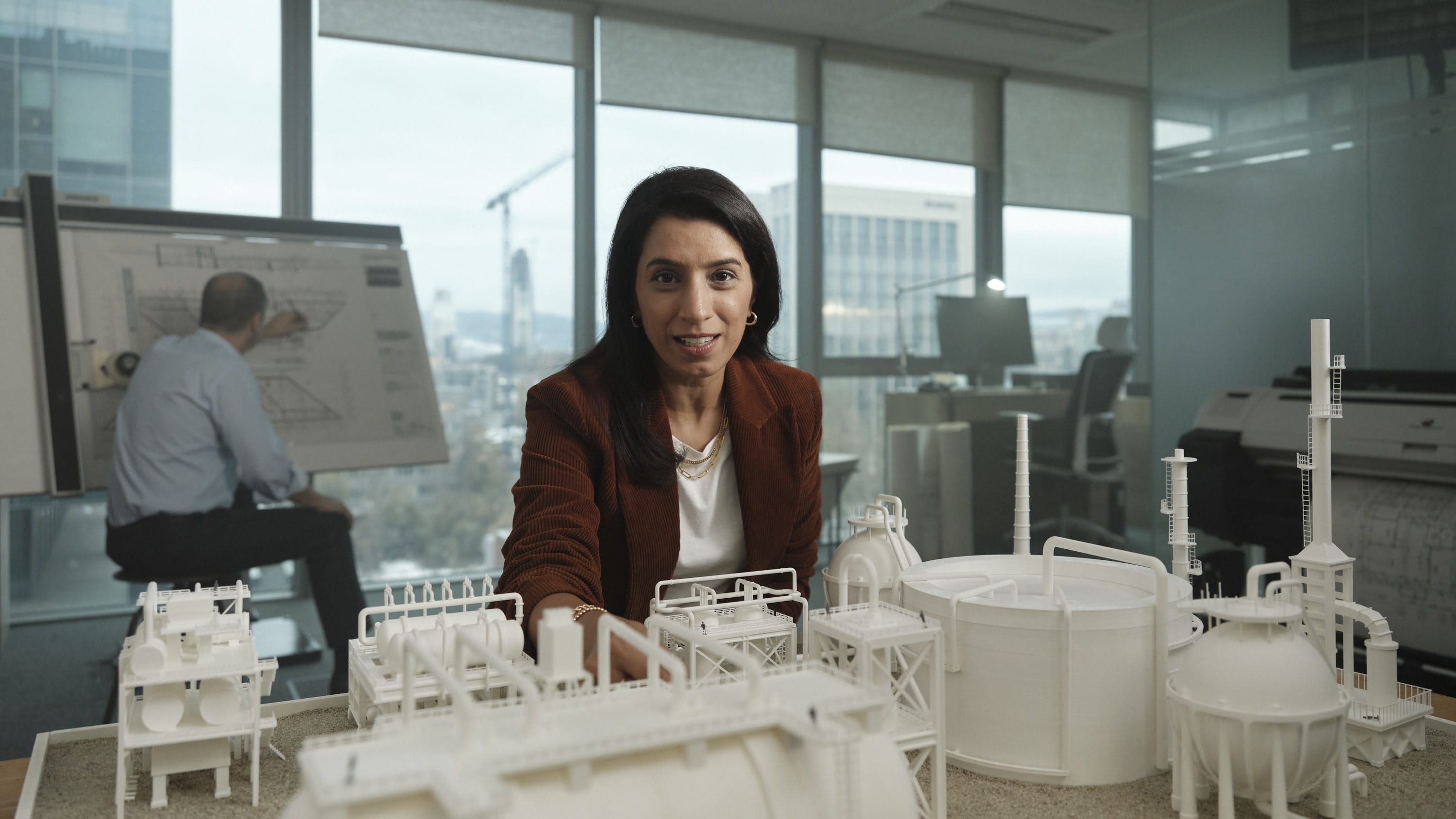
… to accelerate a new generation of female leaders
Pioneering innovation
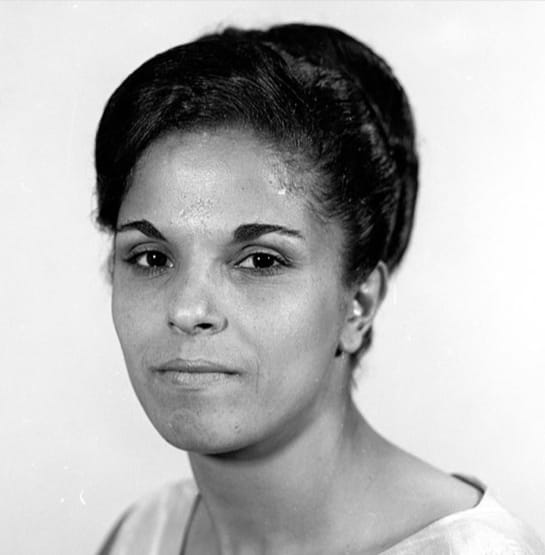
Najat al-Husseini, a health professional who joined Aramco in 1964
Paving the way
Pioneering women who lead and inspire others are far from new to our culture. Nearly 60 years ago, Najat al-Husseini became the first Saudi woman to work as a scientist at Aramco. She used her education and skills in preventative medicine to provide vital vaccinations against diseases such as smallpox and malaria for children in neighboring communities, helping to eradicate these diseases.
Fast forward to today, and more female engineers and scientists than ever before are carrying Najat's torch. Their work is vital in advancing groundbreaking technologies and processes, including storing carbon dioxide in cement, identifying new opportunities for nonmetallics, and directly converting crude oil to chemicals at our Research & Development Centers (R&DC).
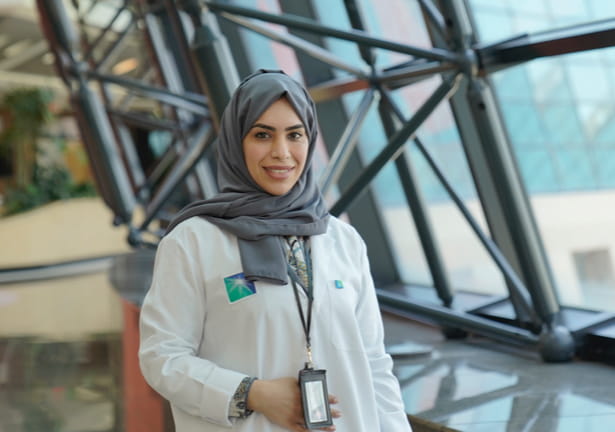
Dr. Anaam Al-ShaikhAli, senior lab scientist in our Technical Services Division
Categorizing vital materials
Another trailblazer is Dr. Anaam Al-ShaikhAli, who joined R&DC in 2006. Since then our number of female lab scientists has grown exponentially, and Dr. Al-ShaikhAli’s work in the Advanced Analysis Unit of our Technical Services Division is helping to increase our understanding of why different materials show different properties and behaviors.
Through advanced and complementary characterization techniques, including microscopies, spectroscopies and thermal analysis, her team is able to probe and map the surface and sub-surface structure of any soil material to gather information about its structure in nanoscale. This enables the team to develop innovative solutions to solve complex challenges related to oil and gas applications.
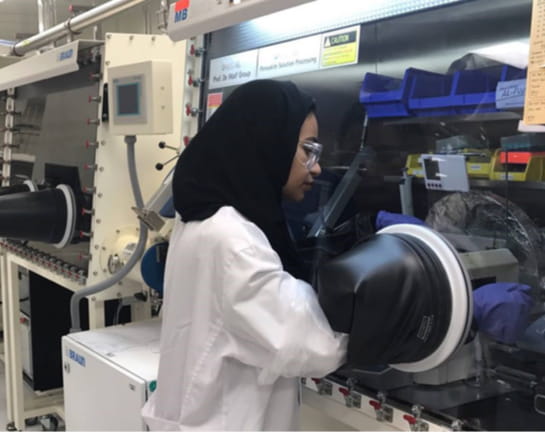
Esra M. Alhabshi, Sustainable Energy Team
Exploring lower-emission energy
More cutting-edge research is being done by Esra M. Alhabshi, as part of our Sustainable Energy Team. Working in collaboration with the King Abdullah University of Science and Technology (KAUST), her team are exploring the use of nonmetallics to improve the efficiency of solar cells. The potential impact of their work is enormous, allowing us to convert more of the sun’s energy into sustainable and reliable energy.
“Fifty years from now, the production of new materials, layered with silicon, could increase the possibility that we take much more energy from the sun. Materials like perovskite, which are light and flexible, have a lot of potential for use in solar cells.”
Esra M. Alhabshi, Sustainable Energy Team
Nurturing new talent
Discovering and nurturing the next generation of engineers and scientists is a critical part of what we do. We have invested in educational programs to support young Saudis studying at academies and universities – both locally and abroad – over the last several decades. This includes our Advanced Degree Program, which began in the 1980s and helps employees get their Master’s degrees in key STEM subjects.
Every year, we sponsor a new cohort of talented Saudi high school graduates to study for a Bachelor’s degree abroad through our College Degree Program for Non-Employees (CDPNE). This involves a comprehensive 10-month course to help them prepare for the challenges of enrolling at a top-tier university, support as they study, and a job for them on completion.
We reap the rewards of these programs today, with young talent and fresh perspectives injected into our organization every year. This has also led to the increased representation of women in our work, especially in Science, Technology, Engineering, and Math (STEM) fields.
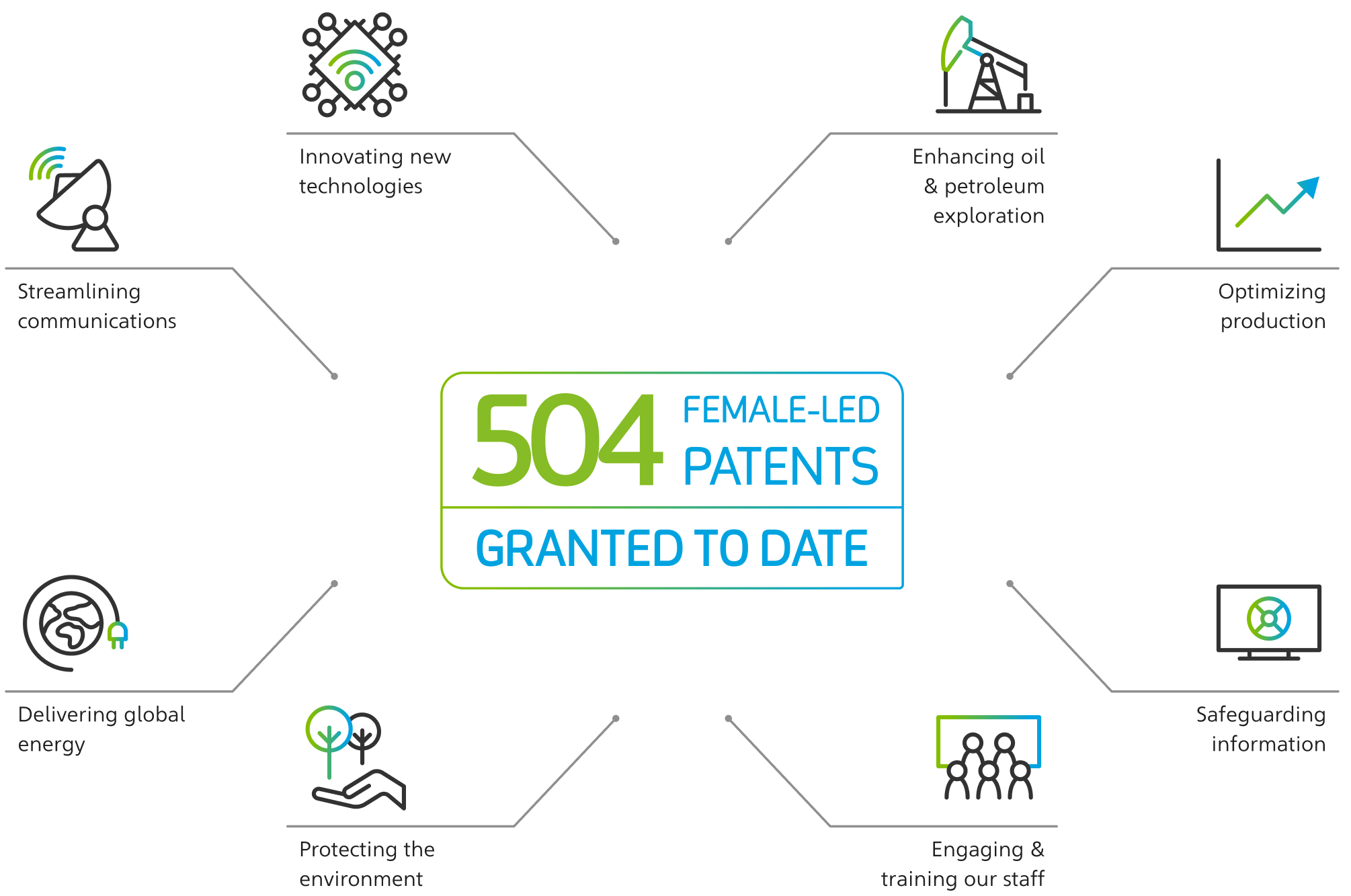
Creating more opportunities
The greater the diversity of talent, the more opportunity for innovation and growth. And our various educational programs are just one part of our wider Diversity and Inclusion (D&I) Division, which aims to create a vibrant and inclusive company culture for employees in five key areas: Recruitment, Retention, Advancement, Leadership, and D&I Role Models.
The result is that every part of our business benefits from fostering an inclusive culture and workplace, which enables us to attract the most talented candidates and give them greater freedom to innovate.
This content is blocked
You need to give permission.
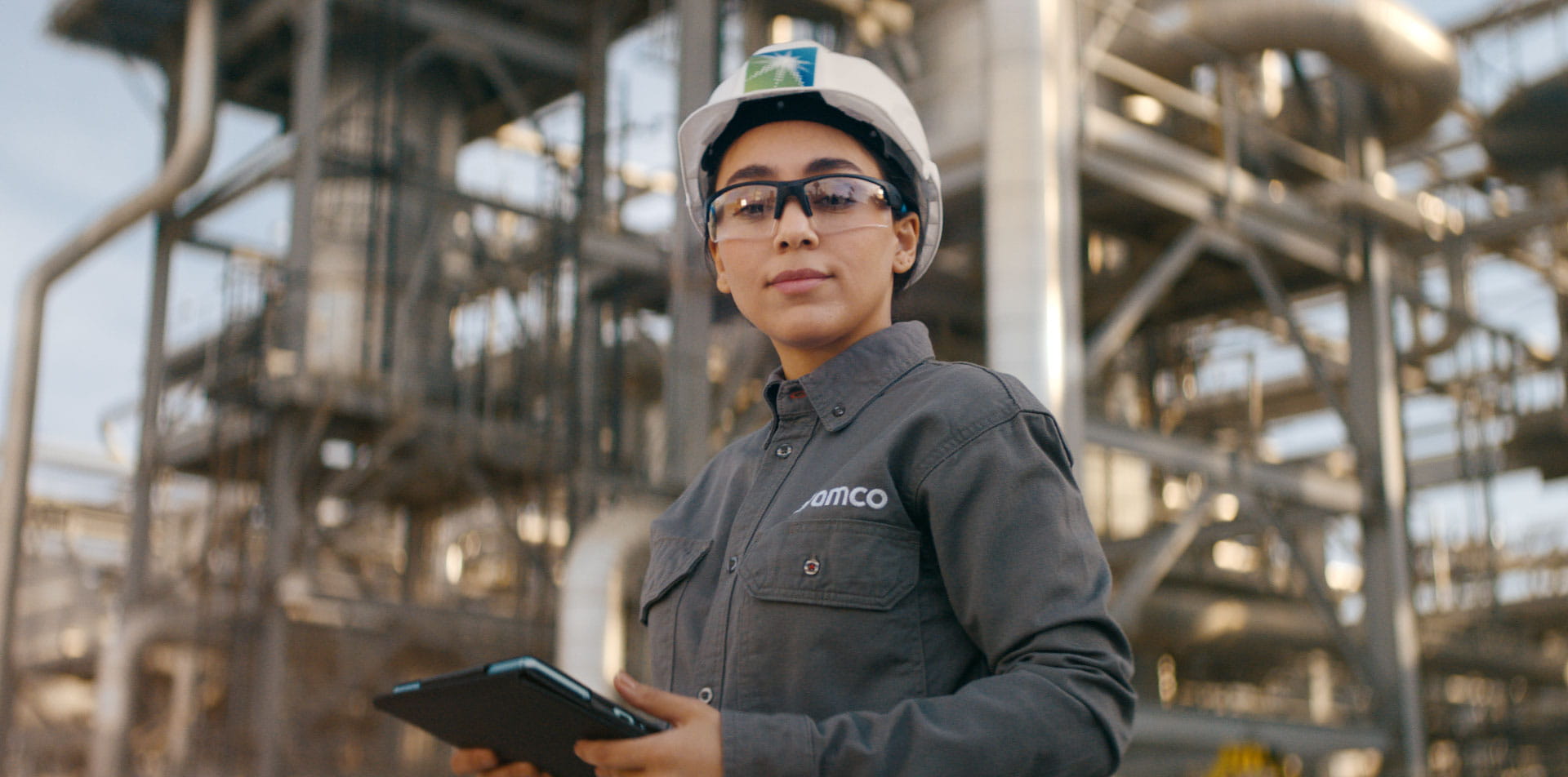
Looking beyond our industry
We have also developed and launched GROW (Gulf Region Organization for Women), a collective of 86 government and private-sector organizations, working together to advance women’s professional opportunities regionally.
By uniting such a broad range of businesses, educational institutes, and service providers around a common goal, GROW has already helped thousands of women, opening up access to thought leaders, sharing best practices, and creating new opportunities through forums and virtual webinars.
Powered by how
Discover how one simple question – how? – powers everything we do.
1 Source: IEA: Energy and Gender
2 BCG and WPC Energy: Untapped Reserves 3.0



